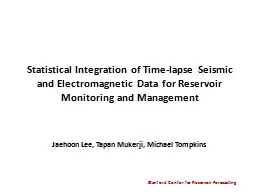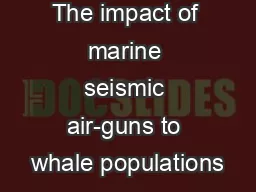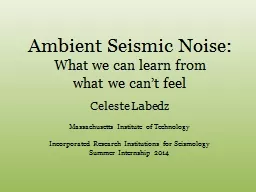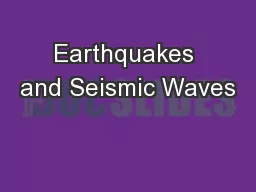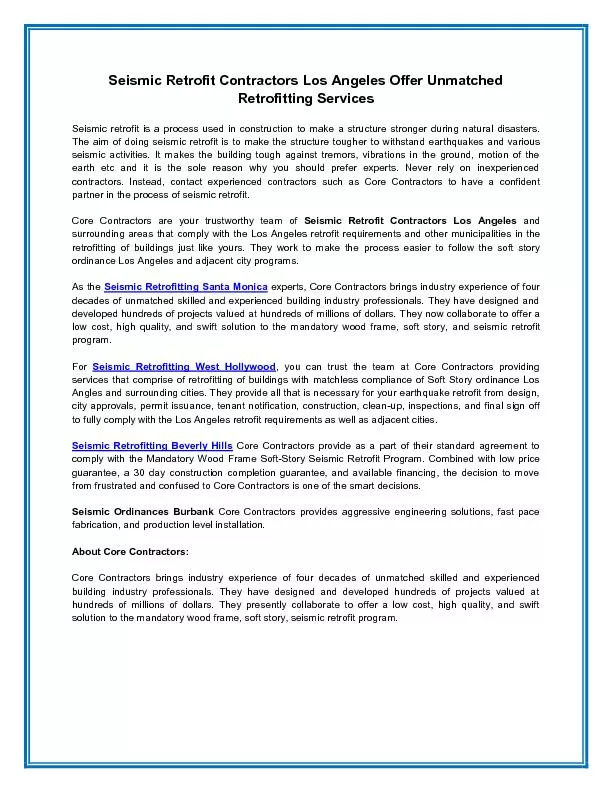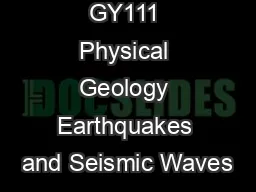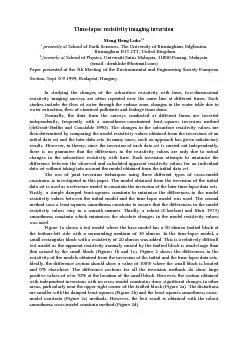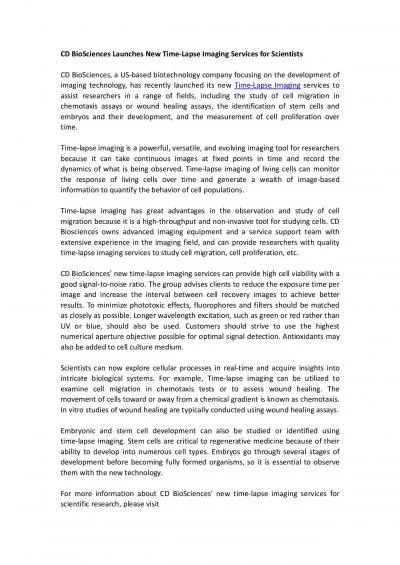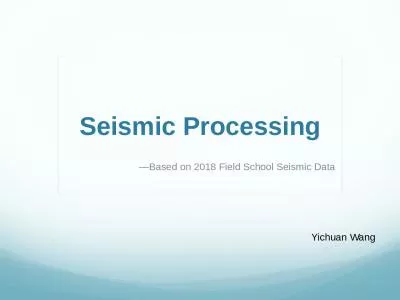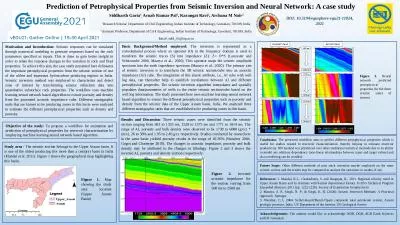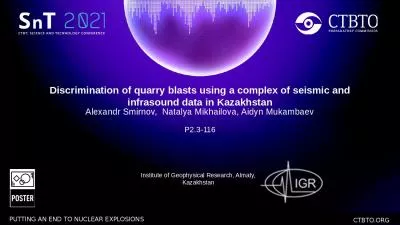PPT-Statistical Integration of Time-lapse Seismic and Electroma
Author : faustina-dinatale | Published Date : 2018-01-05
Jaehoon Lee Tapan Mukerji Michael Tompkins Motivation and Objective 2 Joint integration of multidisciplinary geophysical data can provide complementary information
Presentation Embed Code
Download Presentation
Download Presentation The PPT/PDF document "Statistical Integration of Time-lapse Se..." is the property of its rightful owner. Permission is granted to download and print the materials on this website for personal, non-commercial use only, and to display it on your personal computer provided you do not modify the materials and that you retain all copyright notices contained in the materials. By downloading content from our website, you accept the terms of this agreement.
Statistical Integration of Time-lapse Seismic and Electroma: Transcript
Download Rules Of Document
"Statistical Integration of Time-lapse Seismic and Electroma"The content belongs to its owner. You may download and print it for personal use, without modification, and keep all copyright notices. By downloading, you agree to these terms.
Related Documents

